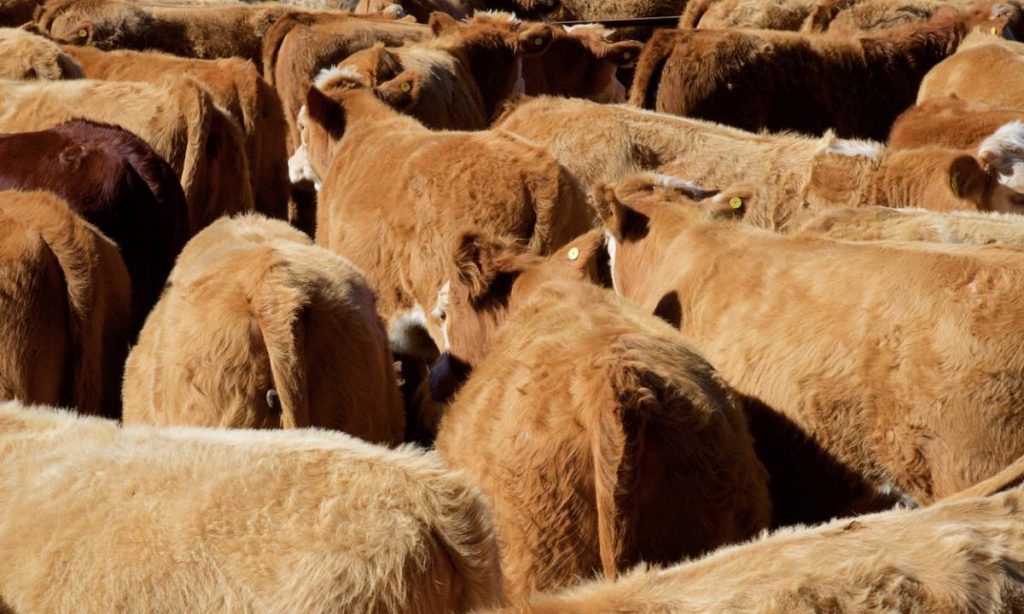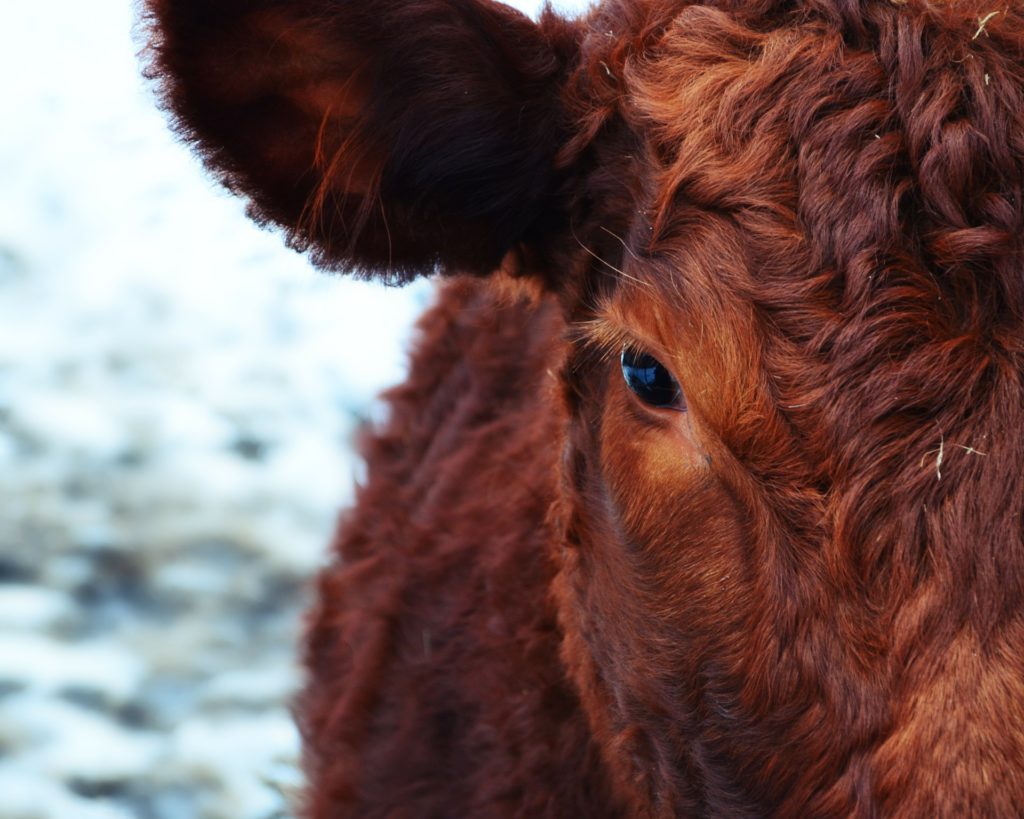There are multiple factors to consider when it comes to culling strategies, and there is not a “one size fits all” set of criteria that will work for every producer. First and foremost, producers need to take an inventory of available feed resources and costs associated with them. The current situation in portions of the state indicates very little forage production in the form of grass and alfalfa hay. There is some failed wheat that has been baled for forage, but quantity, quality and price may limit the use of some of these forages for extended periods of time. It is yet to be determined how much feed will be available in the form of forage crops, such as millet, sudan, etc.
Developing Culling Criteria
Once the feed inventory is known, then the criteria for making culling decisions can be developed. As these criteria are being developed, focus on the mission and vison of your operation. What are your core values and what are your most-important priorities? Ensure your culling criteria is in line with your mission and vision.
If you don’t have a mission and vision, take some time and write down where you would like to be and what you would like to be doing in all areas of the operation in 10, 15 or 20 years. Group similar items together to highlight the items that are most important to you and your core values. Use this as a basis for your operation and management decisions to move the operation in the desired direction.
Now that you are focused on core values, think about your cow herd and which criteria and cows will help you reach your goals and which ones are limiting you? Here are some options for where you might start making culling decisions to keep your operation viable without damaging the available feed and forage resources.
- Pregnancy test early and cull opens and late calvers.
This allows more forage resources to be allocated to the productive females and the opens and late calvers can go down the road. Culling the late calvers or selling as short breds should result in a tighter calving distribution next year, increasing herd uniformity. Consider marketing options for open heifers, as they could do well in a feedlot. - Cull cows that are older than a specified age (eight, nine, 10, etc.).
Older cows are typically larger, may not maintain body condition as easily and may not be leading the genetic potential of the herd. However, these females are adapted to your system and are likely already paid for, so it is important to evaluate the big picture. - Sell replacement heifer calves rather than developing them.
Evaluate the cost to develop replacement heifer calves and the time it takes until they start paying for themselves. The drawback in selling them is that these females represent the newest genetics in the herd.
- Sell yearlings earlier than normal to stretch forage for cows.
Yearlings are a more-liquid asset than cows. Being able to sell them earlier can reduce grazing pressure and potentially ensure more grazing is available for the cow herd, depending on resource inventory. - Cull based on disposition, thriftiness, production, etc.
This is the time to cull hard and eliminate the bad-tempered, high-headed, hard-keeping, poor-producing females. Having the records to identify these females when the time comes is critical. - Cull the bull battery.
Bulls, especially older ones, are typically much larger than cows, which equates to them requiring larger amounts of feed to maintain weight and body condition. Depending on the number of bulls you have and the size and age of the bulls, the end of breeding season might be a good time to cull more bulls than normal, especially if a larger number of cows are also being culled, decreasing overall herd numbers.
The Bottom Line
If you don’t have a written drought plan, the component on culling is an important part of that plan, so piece by piece, start putting your plan together so you are prepared for the next drought.








